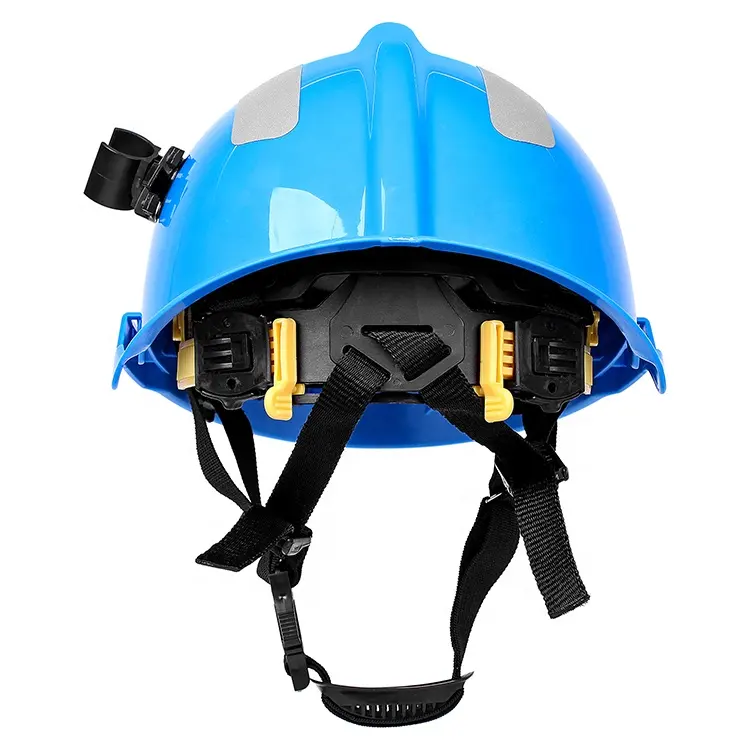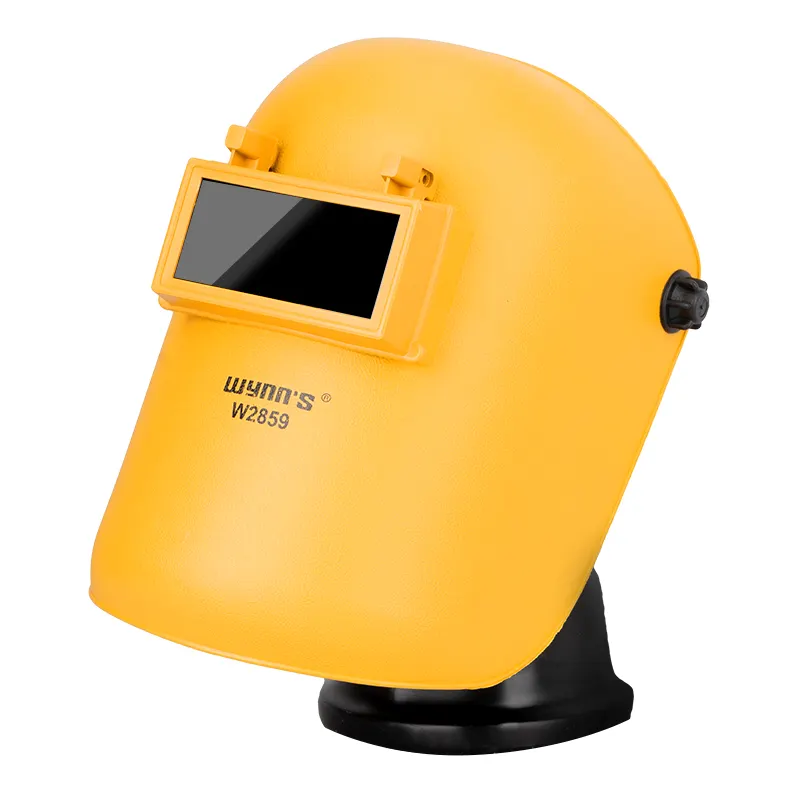Innovations in safety helmets continue to evolve, with ongoing research, technological advancements, and a focus on improving head protection and comfort for workers in various industries. Here are some of the recent innovations in safety helmets:
- Sensor Integration: Some modern safety helmets are equipped with sensors to monitor environmental conditions and the wearer’s vital signs. These sensors can detect temperature, humidity, air quality, and even provide early warnings for heat stress or fatigue, enhancing worker safety in challenging environments.
- Augmented Reality (AR) and Heads-Up Displays (HUDs): AR technology is being integrated into safety helmets to provide workers with real-time data and instructions. This can include information about equipment status, navigation, and safety alerts. HUDs allow workers to access information without having to refer to handheld devices.
- Communication Systems: Some safety helmets are now equipped with built-in communication systems that allow workers to stay connected with their team and supervisors. This enhances coordination and safety on job sites.
- Customization Options: Manufacturers are offering more customization options for safety helmets. Workers can choose from a variety of colors, designs, and even add their names or company logos, promoting individuality and team identity.
- Improved Comfort Features: Helmets are being designed with enhanced comfort features, such as moisture-wicking liners, adjustable ventilation systems, and ergonomic suspension systems. These improvements reduce discomfort during long work shifts.
- Lightweight Materials: Advancements in materials science have led to the development of lightweight yet strong materials for safety helmets. These materials maintain protection while reducing the overall weight of the helmet, reducing strain on the wearer.
- Safety Helmets for Multiple Industries: Manufacturers are producing specialized safety helmets tailored to specific industries. For example, firefighting helmets are designed to withstand extreme heat and flames, while climbing helmets are lightweight and versatile for outdoor activities.
- Anti-Fog Visors: Helmets designed for use in high-humidity environments or in cold conditions often include anti-fog visors to maintain visibility and prevent fogging of the face shield.
- Improved Impact Protection: Helmets are continually being refined to provide better impact protection by incorporating advanced energy-absorbing materials and designs.
- Smart Material Integration: Some helmets use smart materials that can change their properties in response to environmental conditions. For example, materials that harden upon impact can provide additional protection when needed.
- Modular Helmets: Modular helmets can be adapted for various tasks and activities, allowing users to attach or remove specific features and accessories as required.
- Sustainability: Manufacturers are exploring sustainable materials and production methods to reduce the environmental impact of safety helmets.
- Innovative Fastening Systems: Some helmets are incorporating magnetic or quick-release fastening systems, making it easier to put on and take off the helmet, especially when wearing gloves.
These innovations in safety helmets reflect the industry’s commitment to improving head protection and overall user experience. While the primary goal remains the prevention of head injuries, these advancements also address comfort, communication, and adaptability, making safety helmets more versatile and effective tools for protecting workers in a wide range of environments.


